At the indoor-grow store, the clerks assumed that Bill Lundgren was shopping for lights for a more … typical indoor growing operation. “They immediately assume I’m going to grow ganja,” Lundgren said.
All he wanted was to give his broccoli and radicchio seedlings a head start in the spring and his garden a chance for a second or even third planting. He used to be frustrated by how hard it was to find seedlings at farmers markets or greenhouses after June, but now he’d be able to bring a new crop of seedlings up from the grow room he’d built in his cellar in the Deering neighborhood of Portland, ready to slip into the ground.
Lundgren represents a growing movement of urban home gardeners who are using the same tricks Maine farmers employ to extend the growing season. He’s also extended the size of his small operation – he estimates that his house sits on about a tenth of an acre – in creative ways.
Raised beds fill the small space between driveway and home and thanks to a neighbor’s good will, his garden protrudes well into their backyard. His “rent” is delivered in fresh produce. It’s not just neighbors that benefit either; any friend who drops by is likely to leave with a bag of wildly varied greens, spiced with mustard and arugula.
“It’s incredible the amount of food you can grow,” Lundgren said. “Even if I would try to eat it all, I couldn’t.”
The full name of MOFGA – the Maine Organic Farmers and Gardeners Association – does, of course, include the word “gardener,” but the fifth word in the name tends to get overlooked in the broader conversation about the food economy. But the gardener component of MOFGA’s membership of over 6,500 is considerable. MOFGA’s membership database manager Grace Keown said 1,733 members self-identify as gardeners rather than farmers. Those numbers are only going up.
“More people are interested in growing more of their own food,” said Eric Sideman, MOFGA’s organic crop specialist, who works with commercial farmers, homesteaders and “really avid home gardeners,” a group he’s definitely included in (his rare trips to the produce section of the grocery store these days are for avocados).
A key indicator to him of the growing interest in serious home gardens has been the subscription rate to the pest report he writes every week. “When I started it, I was only sending it to farmers, and then (other) people started to ask for it.” He estimates of the 2,000 subscribers, only 300 to 400 are farmers.
Within MOFGA, there is a push to pay more attention to this segment of the membership. “We are trying to recognize the gardeners more,” Sideman said.
And recognize that many of them have become hybrids of gardener and farmer. They collect rain water in barrels and use Rodale or Eliot Coleman’s methods as their compost Bibles, but that’s just the tip of the iceberg.
“They’re pushing the seasons at both ends, but earlier is becoming even more popular than later,” Sideman said. Maybe they started with row covers (permeable fabric blankets that provide protection from cold and wind) to coax crops along in the chilly spring, but now, he said, more home gardeners are growing crops in low tunnels or caterpillar tunnels, which are tall enough to allow the grower to walk through.
They’re even picking up equipment like pipe benders (available through Johnny’s Selected Seeds for $59), which allow the home gardener to mold pipes into the framework for high tunnels.
GOING GIY (GROW IT YOURSELF)
When Maureen Costello of Portland built her own greenhouse in her Rosemont backyard, she borrowed a pipe bender, found a deal on the plastic covering and put the whole project together for $300. That was about six years ago and now it is home to, among other things, 11 varieties of cherry tomato plants that will yield through October thanks to the protection it affords.
“It is my winter mental health room,” Costello said. “I love the seasons in Maine, but the winter one is just a tad too long.”
It wasn’t until about 15 years ago, when her children were grown, that she found the time to make the leap into hardcore gardening.
“I realized I had found my calling in life,” Costello said.
She became a Master Gardener (a program offered through the Cooperative Extension that offers intensive training) and a student of permaculture techniques, building on top of poor soil. As she pointed out, building raised beds isn’t cheap. But creating mounds with layers of newspaper, seaweed, mulch and compost is easy and nearly free (she drives around in the fall picking up bags of leaves her neighbors leave at the curb).
“I have become a pretty expert scavenger,” she said.
And a serious composter: her daughter, a graduate of College of the Atlantic, worked at Rosemont Market in the early days and Costello used to compost their waste, before the popular market’s composting needs outgrew her garden. Time working on farms as a volunteer, including at Rippling Farms in Standish, expanded her gardening horizons.
“It definitely changed my views of what I wanted to grow,” Costello said. “Zucchini and tomatoes and those simple things that everyone is growing, when they become ripe you have to do something with them.” Not so with root vegetables. “Carrots and potatoes and turnips, things that just go in a basket and go in the cellar, that you don’t process, you just store, that was a big turning point.”
Today she gets advice from friend and full-time farmer Mary Ellen Chad of Green Spark Farm in Cape Elizabeth and grows everything from six kinds of potatoes to three kinds of green beans and harvests a wide variety of fruits from trees and bushes, including peaches, raspberries, cherries and cranberries.
Costello also raises chickens. She’s always adding; pear trees are next. Like Lundgren, she has seedlings going so that when she pulls one head of lettuce, she can pop another in its place.
“We’re eating fresh food at least six months of the year, and in a good year it is closer to nine months,” Costello said.
These gardens are always evolving, not just as their owners’ obsessions deepen but as their knowledge expands. Lundgren is planning to put a miniature raised bed in the grow room to keep his supply of fresh greens coming throughout the winter months.
“So much of this is just trial and error,” Lundgren said. “You can usually puzzle it out. It’s like playing chess. It introduces an intellectual puzzle.”
IF I CAN DO IT
Portland gardener Kerry Dunn’s learning curve has been even steeper. Whereas Lundgren grew up with a grandfather who had farmed and passed on that love to him, she said she hardly knew that food came from the ground. She ate most of her food “literally out of cans and microwaves.”
But while attending graduate school in Philadelphia, she started growing a few vegetables in her backyard. It was a defense mechanism; she was worried about the state of the economy and the possibility of a crash that would extend to agribusiness.
After moving to Portland to take a job teaching social work at the University of New England, she radically expanded both her space to grow and her intentions to build a community of fervent gardeners.
She connected with the Resilience Hub, where director Lisa Fernandes served as a big inspiration, and also the Winter Cache Project, a network that brings growers together on shared land. Volunteers from Winter Cache show up to help Dunn in her garden, and the network includes a farm in Cumberland and a sizable pumpkin, corn and dried bean patch at an apartment complex not far from her house.
Her double lot in Portland includes 25 fruit trees and bushes as well as two hazelnut bushes. Four of her neighbors have told her she’s inspired them to put in raised beds. The woman who once ate canned food now gives away seedlings to friends and neighbors.
“If I can have a big amazing yard, anyone can do it,” Dunn said.
WHITHER THE REAL FARMER?
All this passion raises the question, what happens to the Maine farmers if home growers start growing everything short of avocados? Do any of these people still go to, say, the farmers market?
“We never go to the farmers market,” Sideman said. Does he feel guilty?
“It’s not guilt,” he said. “It is regret. When I was younger, my favorite days were going to the farmers market or in the fall going to get my pumpkins or to pick up apple cider. I don’t do that anymore because I raise my own. So there is a sadness. Now we have a dozen apple trees, and we make our own apple cider.”
But he’s still supporting the greater agricultural economy. He’d spent that morning running errands that included buying soybean meal, picking up baby turkeys and getting some wood to build a new garden project. “We spend a fortune in the community in agriculture-related areas,” he said.
And home farmers like Lundgren still have reasons to visit the farmers market. “I don’t grow corn and I don’t bother with tomatoes,” he said. The former takes too much space, the latter is often too much trouble. “You can get that stuff from a good organic grower really cheaply. They are willing to do the work, and I am willing to let them.”
For Dunn, the fact that she hasn’t been to the farmers market in two seasons signifies success not just as it relates to her individual gardening abilities but something broader on the political spectrum. The farmers market served as a gateway, followed by her first share in a CSA (community supported agriculture), and now it will serve as either a gateway for others, or at minimum, develop into an appreciation of a better food system.
“There are people that will never have the time and interest in building a giant farm in their backyard,” she said. “But I feel like the change needs to happen on so many levels that there is space for all of us to be doing different things.”
“It’s just a shift in thinking,” she added. “As long as we are all being part of the shift, none of us have to be responsible for the entire shift.”
Send questions/comments to the editors.


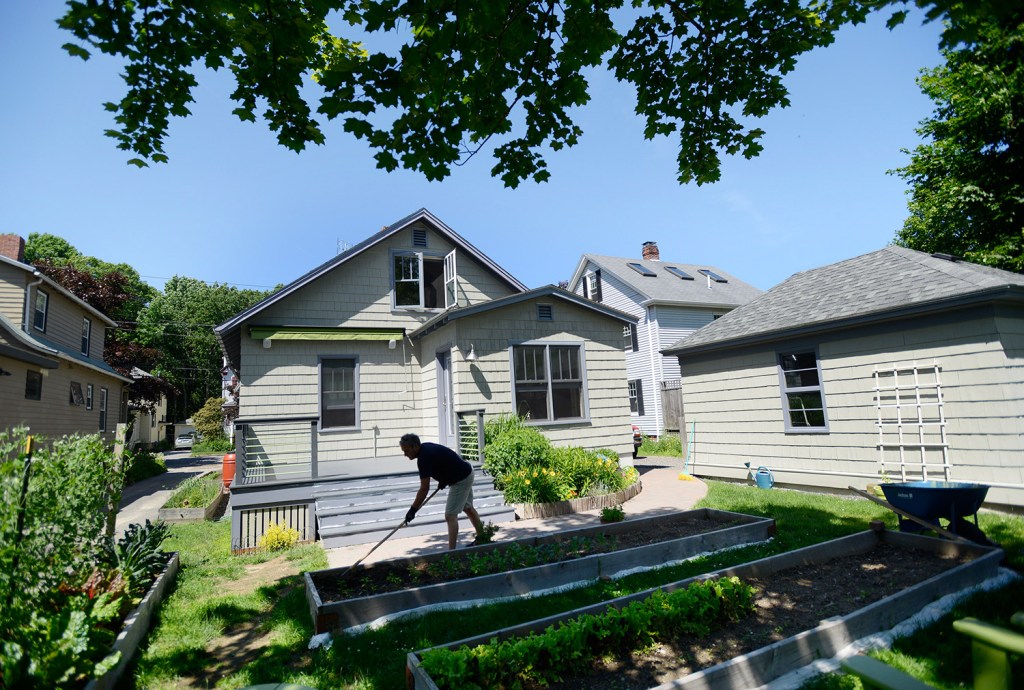
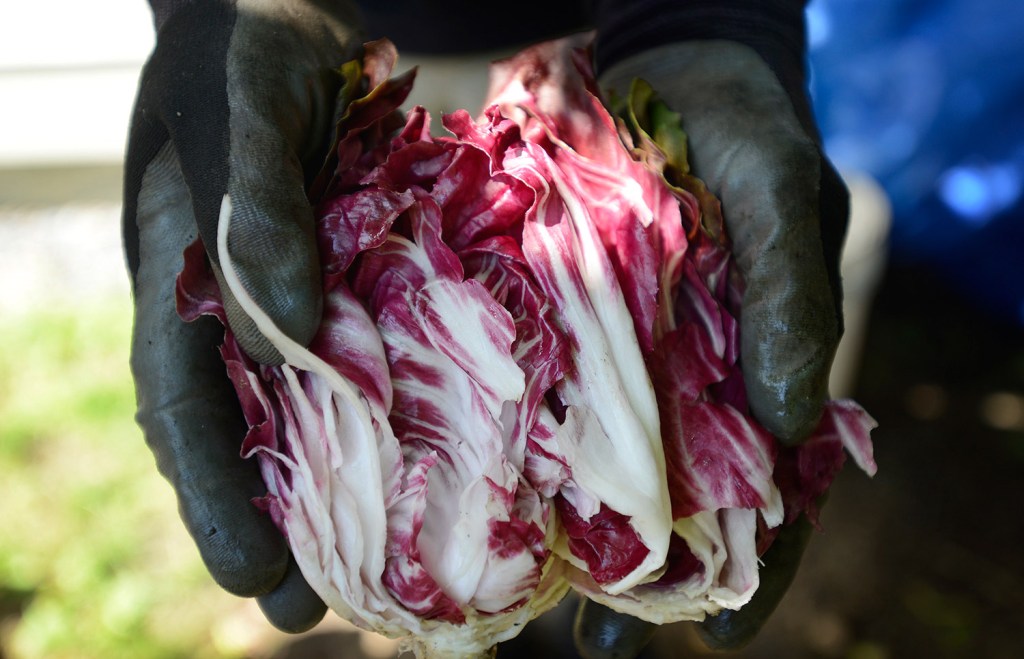
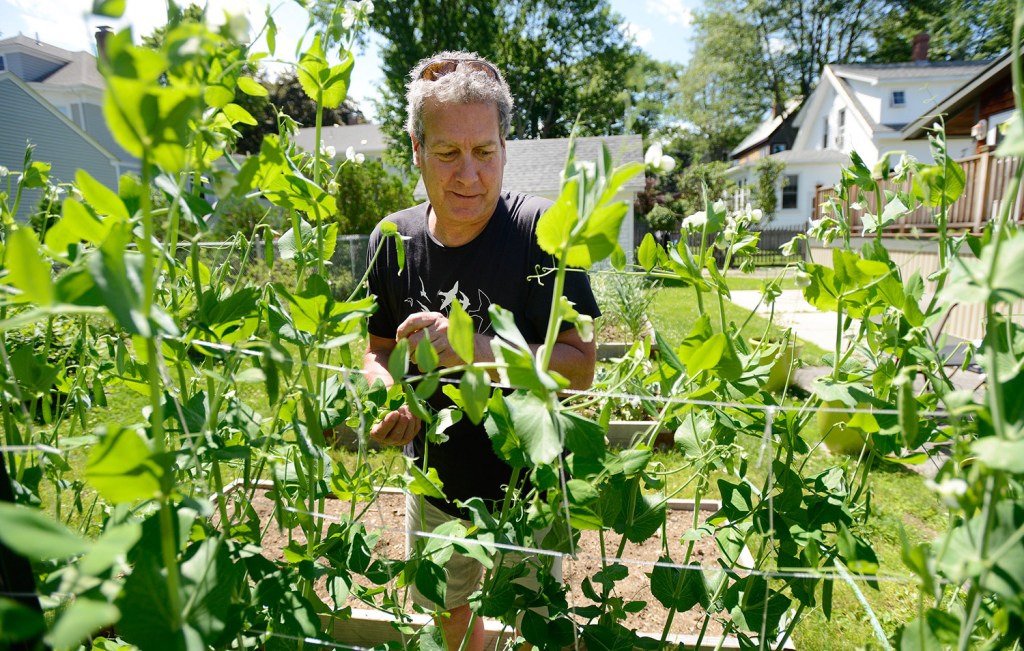
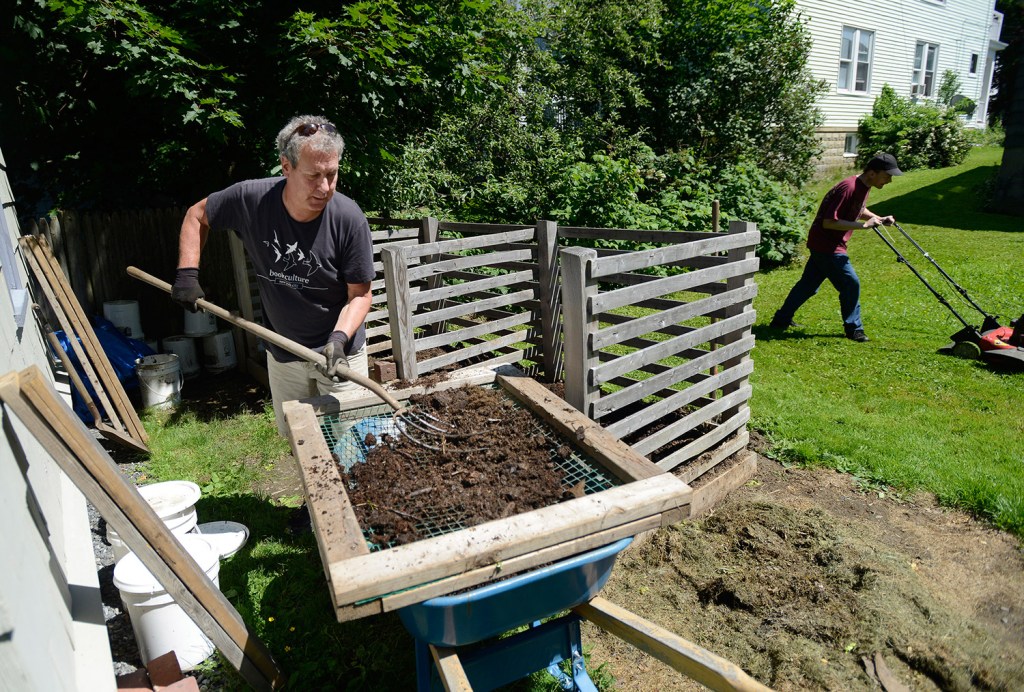
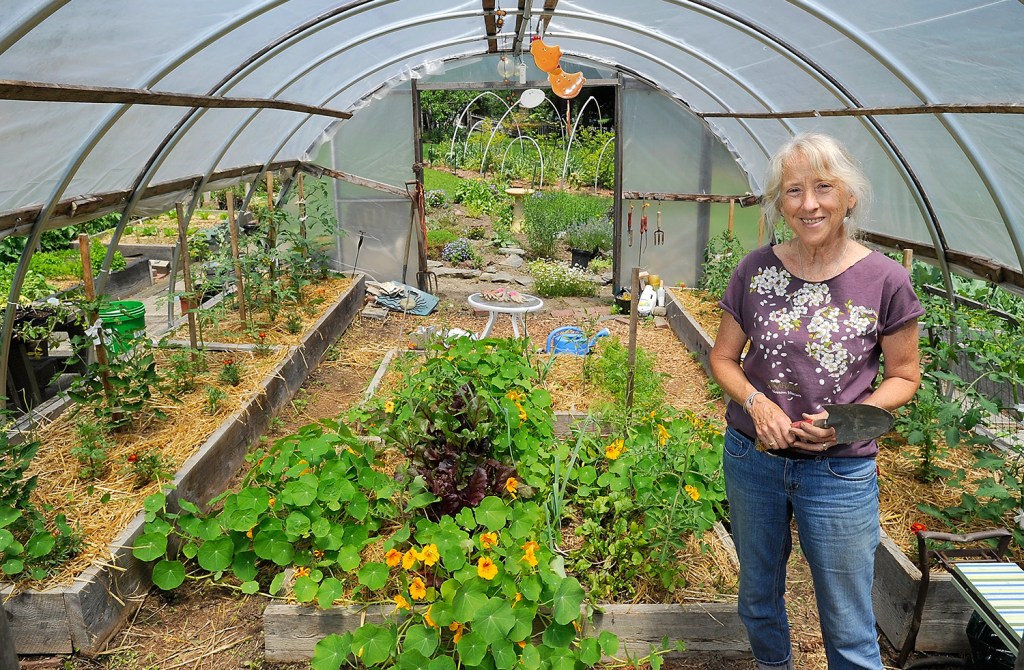
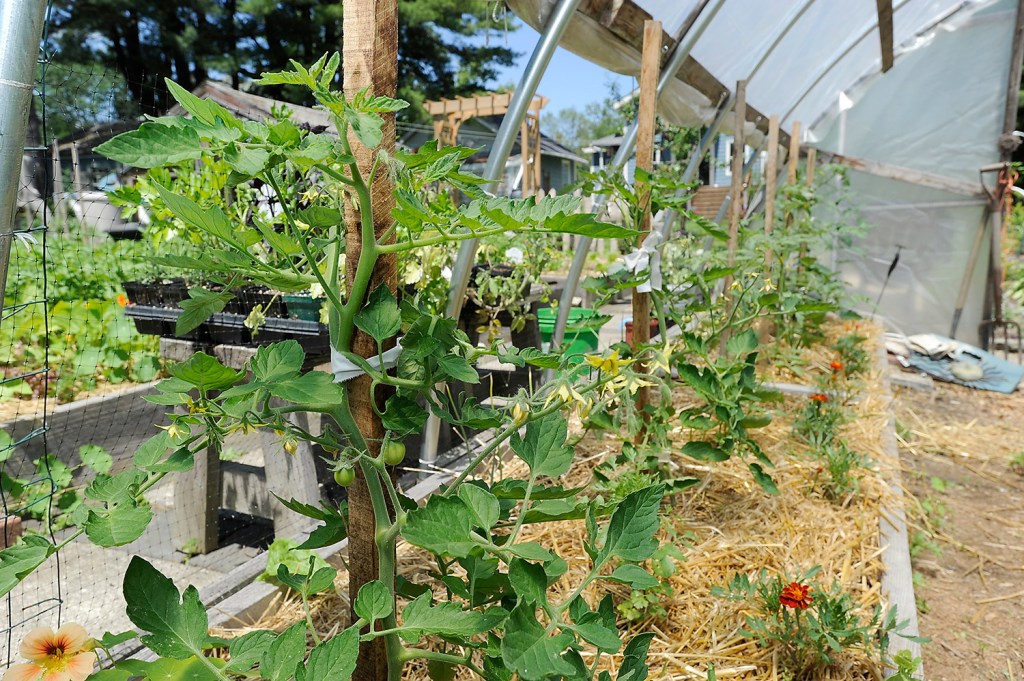
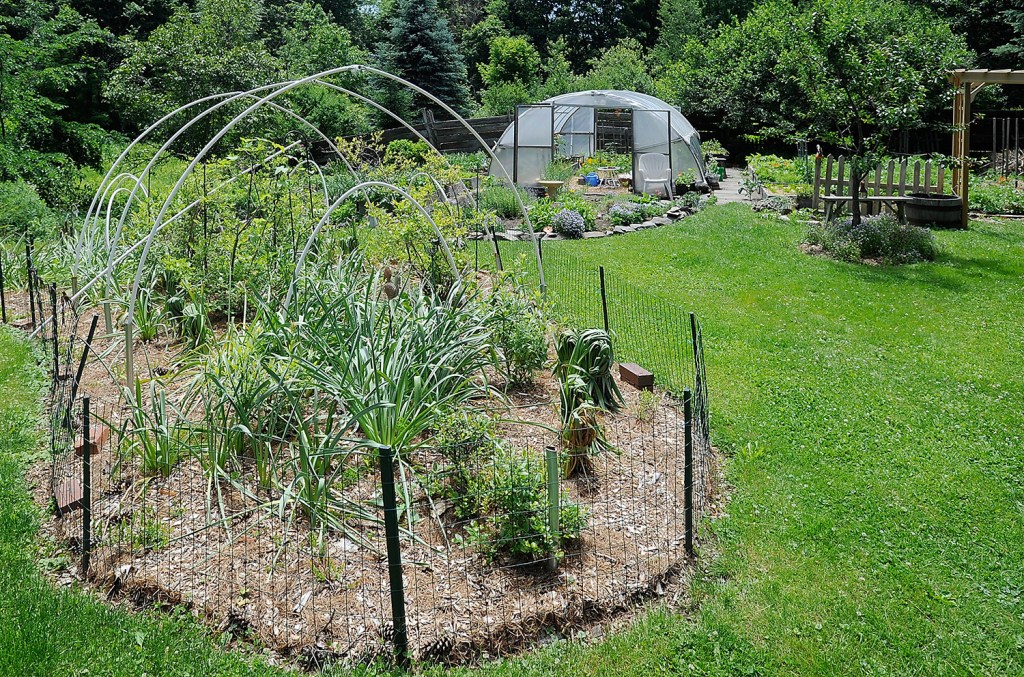
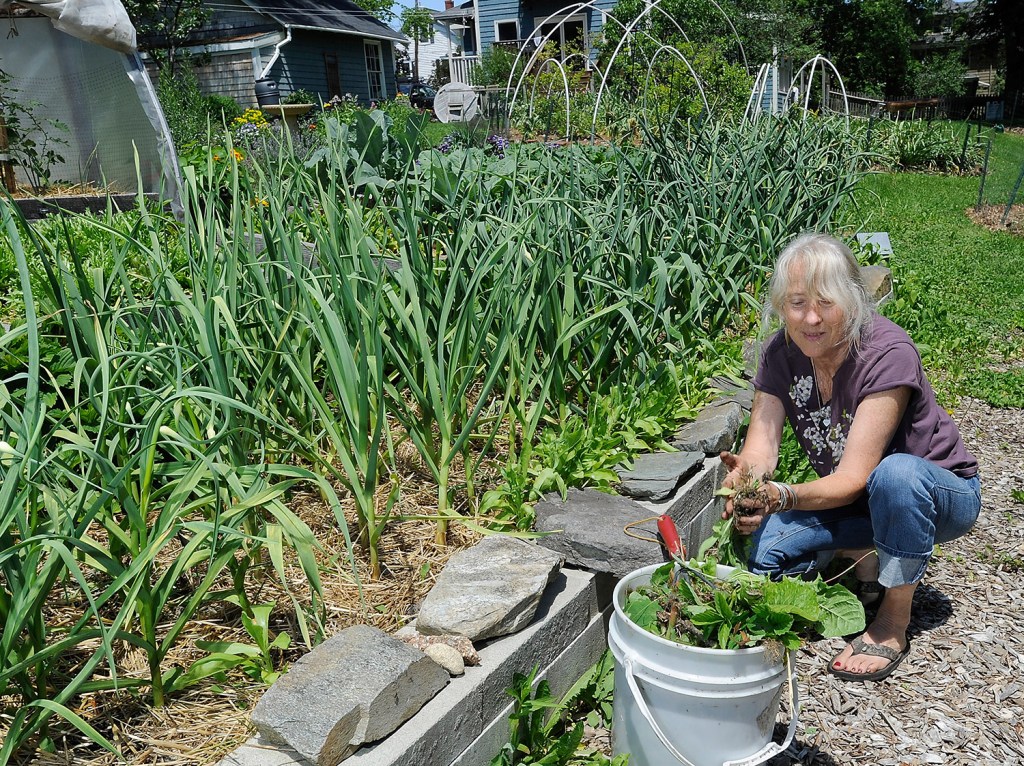

Success. Please wait for the page to reload. If the page does not reload within 5 seconds, please refresh the page.
Enter your email and password to access comments.
Hi, to comment on stories you must . This profile is in addition to your subscription and website login.
Already have a commenting profile? .
Invalid username/password.
Please check your email to confirm and complete your registration.
Only subscribers are eligible to post comments. Please subscribe or login first for digital access. Here’s why.
Use the form below to reset your password. When you've submitted your account email, we will send an email with a reset code.